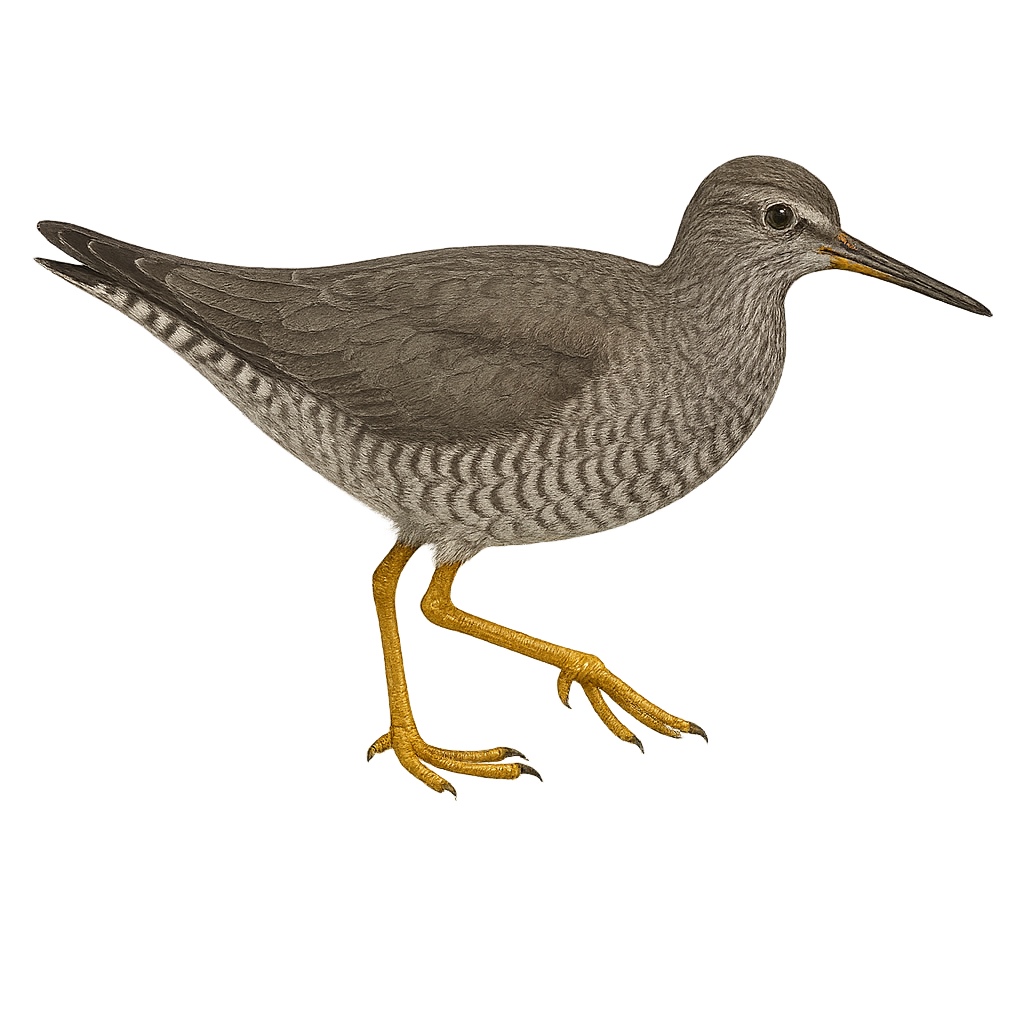Your wildlife photography guide.
Explore the wandering tattler in detail, study its behavior, prepare your shots.
Where to observe and photograph the wandering tattler in the wild
Learn where and when to spot the wandering tattler in the wild, how to identify the species based on distinctive features, and what natural environments it inhabits. The WildlifePhotographer app offers tailored photography tips that reflect the wandering tattler’s behavior, helping you capture better wildlife images. Explore the full species profile for key information including description, habitat, active periods, and approach techniques.
Wandering Tattler
Scientific name: Tringa incana

IUCN Status: Least Concern
Family: SCOLOPACIDAE
Group: Birds
Sensitivity to human approach: Suspicious
Minimum approach distance: 10 m
Courtship display: May to June
Incubation: 22-24 jours
Hatchings: June to July
Habitat:
Rocky coasts, beaches, estuaries
Activity period :
Primarily active during the day, with peak activity in the morning and late afternoon.
Identification and description:
The Wandering Tattler, Tringa incana, is a medium-sized shorebird, measuring about 25 to 27 cm in length with a wingspan of 50 to 60 cm. Its plumage is primarily gray with lighter shades on the belly and dark barring on the chest. The legs are yellow, and the bill is straight and relatively long, adapted for foraging in coastal areas. This bird is often seen moving quickly along rocky shores, searching for small invertebrates and crustaceans. A migratory species, it breeds in Arctic regions and migrates to Pacific coasts during the winter.
Recommended lens:
400mm – adjust based on distance, desired framing (portrait or habitat), and approach conditions.
Photography tips:
To photograph the Wandering Tattler, focus on rocky coastal areas where it is often active. Use a telephoto lens of at least 400mm to capture detailed images without disturbing the bird. Be patient and observe its quick movements along the shores. Morning or late afternoon light is ideal for capturing beautiful colors and contrasts. Avoid getting too close to prevent scaring it away, and use a tripod to stabilize your camera, especially if using slow shutter speeds.
The WildlifePhotographer App is coming soon!
Be the first to explore the best nature spots, track rutting seasons, log your observations, and observe more wildlife.
Already 1 432 wildlife lovers subscribed worldwide

